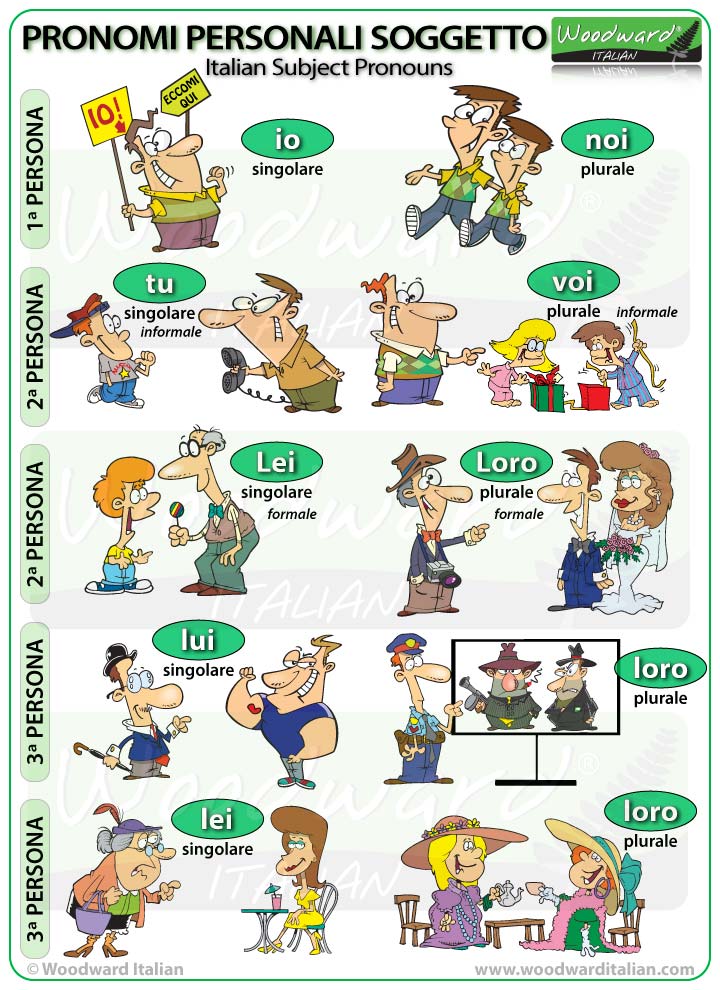Plural Form Of Boss In Italian

It is no wonder that the bosses of small companies are wary of treading the stock market path.
Plural form of boss in italian. The plural form of boss is bosses. To create the plural form you need to change the final vowel to e. For example there are 4 forms of the color rosso red. Nouns ending in a are usually feminine.
It is clearly the bosses the bankers the stockbrokers and the generals who are driving the budgetary process. For instance horse is a masculine noun regardless of the gender of the actual horse in question so it uses the masculine mio and miei. Possessive adjectives aggettivi possessivi and possessive pronouns pronomi possessivi are usually compound forms which include a definite article that is not translated into english. You know how we have a singular form and a plural form for our nouns in english.
That s definitely different than english. Buono means good and most italian food is exactly that. To form the plural of italian nouns vowel endings change to indicate a change in number. They also have a singular and plural form which must coincide with the noun or subject.
Colors that end in o normally have a feminine form ending in a. Apparently a corruption of bass. But let s go over some grammar associated with using this word to make sure that we always use it correctly. Boss third person singular simple present bosses present participle bossing simple past and past participle bossed to decorate with bosses.
Also they are identical in form. In italian grammar nouns must agree not only in gender masculine or feminine but also in number singular and plural. La carota le carote the carrot the carrots la sedia le sedie the chair the chairs but some nouns ending in a are masculine in which case the plural is i. Adjectives in italian must agree with the gender masculine or feminine and number singular or plural of the noun.
Creating plural nouns in italian. Boss plural bosses a hassock or small seat especially made from a bundle of straw. Italian possessive adjectives agree in gender masculine feminine and in number singular plural with the noun they refer to.


















